Top 10 Best Sources of Vitamin D
What are the best sources of vitamin D? Vitamin D deficiency is common in Americans. Forty-two percent of Americans are vitamin D deficient, according to a recent study by the National Health and Nutrition Examination Survey.
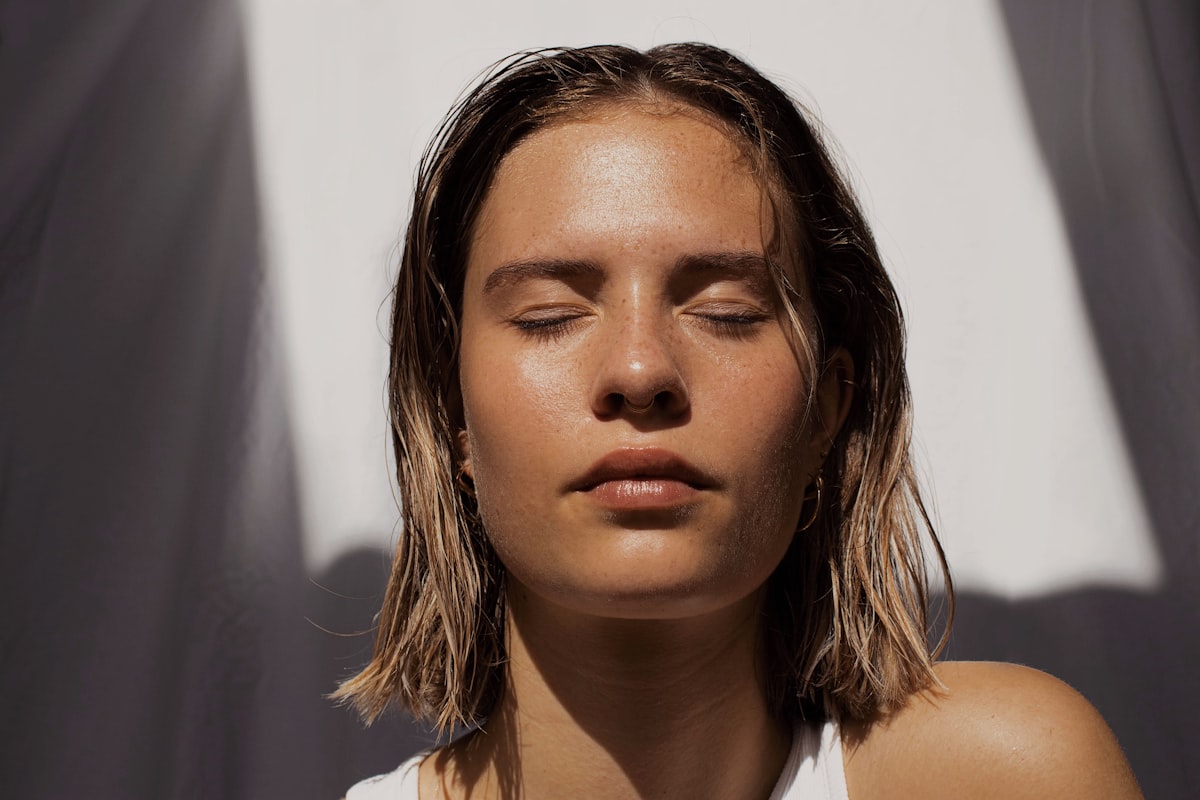
What are the best sources of vitamin D? Vitamin D deficiency is common in Americans.
Forty-two percent of Americans are vitamin D deficient, according to a recent study by the National Health and Nutrition Examination Survey.
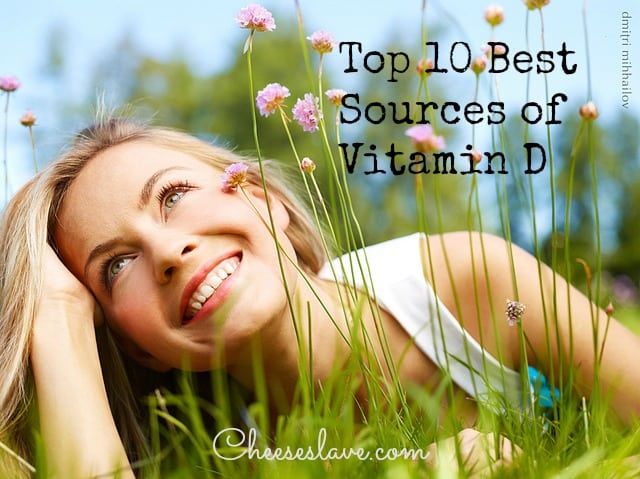
Vitamin D is necessary for proper mineral absorption and metabolism. Insufficient levels of vitamin D have been linked to osteoporosis, cavities and tooth decay, bone loss and bone fracture, heart disease, autoimmune disease, multiple sclerosis, high blood pressure, diabetes, cancer and other diseases.
The U.S. RDA (recommended daily allowance) for vitamin D is 600 IU per day. In contrast, both the Weston A. Price Foundation and Dr. Mercola recommend around 5,000 IU per day. I’m not sure what the right amount is but perhaps it is somewhere in between.
The best source of vitamin D is sunshine. There are some sources of food that are high in vitamin D, but they are hard to come by.
Synthetic vitamin supplements are generally made from Irradiated Ergosteral, i.e. Yeast (ultraviolet irradiation of sterols found in milk, fish, and eggs) or Synthetic Calciferol (derived from lanolin from sheep, or from fish).
USDA databases list the following foods as rich in vitamin D. (The amounts given are for 100 grams or about 3.5 ounces.)
These figures demonstrate the difficulty in obtaining 5,000 IU vitamin D per day from ordinary foods in the American diet.
Cod Liver Oil: 10,000 IU
Atlantic Herring (Pickled): 680 IU
Eastern Oysters (Steamed): 642 IU
Catfish (Steamed/Poached): 500 IU
Lard (Pork Fat): 100 IU
Note: The only cod liver oil I know of on the market that has this amount of vitamin D is Rosita EVCLO. See my comparison of cod liver oil brands.
Also, I’m not including food sources of vitamin D that are “fortified” with synthetic vitamin D, like fortified cereal, milk, and orange juice.
Here are the top 10 best sources of vitamin D.
Top 10 Best Sources of Vitamin D
1. Sunlight
Sunlight is the cheapest and easiest way to get vitamin D. Unfortunately, it’s not so easy to get during the winter months. Did you know that low vitamin D levels is one of the main reasons people get sick in wintertime? Think about it. Why do we get sick more often in the fall and winter? It’s because we’re not getting as much vitamin D from the sunshine.
As summer ends and the weather begins to be less sunny, getting Vitamin D from the sun becomes more difficult. And yes, the body stores vitamin D in summer. So it’s important to get enough sun in the summertime, in order to prevent colds and flu in the winter.

According to Dr. Mercola:
“…vitamin D levels in your blood fall to their lowest point during flu seasons. Unable to be protected by your body’s own antibiotics (antimicrobial peptides) that are released by vitamin D, if you have low vitamin D blood level you are more vulnerable to contracting colds, influenza, and other respiratory infections…. If you are getting plenty of sun exposure or taking the above doses of vitamin D, however, the odds of your getting the flu are VERY remote.” (Source: Dr. Mercola)
A whopping 80 percent or more of the vitamin D we need could come from the sun if we let it. Sunscreen blocks about 97% of our body’s vitamin D production, according to Dr. Mark Hyman, founder and medical director of the UltraWellness Center in Lenox, Mass. But we needn’t endanger ourselves to take advantage of the sun’s benefits: Fair-skinned people need less than 30 minutes of casual exposure on bright days to meet their daily requirement, while darker-skinned individuals need about two hours, Hyman said.
2. Cod Liver Oil
Cod liver oil is the number one food source of vitamin D. Once popular in America to take as a daily supplement, it remains one of the best ways to build up immunity and get your daily Vitamin D dose.
Our family takes cod liver oil every day, all year long (1 tsp per day for the adults, and 1/2 tsp for the child).
I recommend fermented cod liver oil, as it is the only cod liver oil on the market that is not heated and refined. It is also the only one on the market that does not have added synthetic vitamin D.
3. Lard
If you don’t know about the health benefits of lard, now’s the time. Lard was once the mainstay of the American family, but got a lot of bad press when Crisco started an aggressive ad campaign in the 1950s. Lard is rendered from good pig fat and contains vitamin D — about 13 IU per tablespoon.
Cooking with lard rather than vegetable oil or synthetic products makes for delicious entrees (yummy pie crusts) and healthy comfort food, too.
Vitamin D from lard can aid in calcium absorption as well as toxin removal from your body. Along with cholesterol (also found in lard), Vitamin D also assists in the production and regulation of hormones, which is important to maintain healthy hormone function.
Unfortunately, the lard you buy on the shelf is usually homogenized, and therefore does not contain the full value of naturally rendered lard. Rendering your own lard, however, is not difficult, and this is a great option. Here is a post on how to render your own lard. It’s easy!
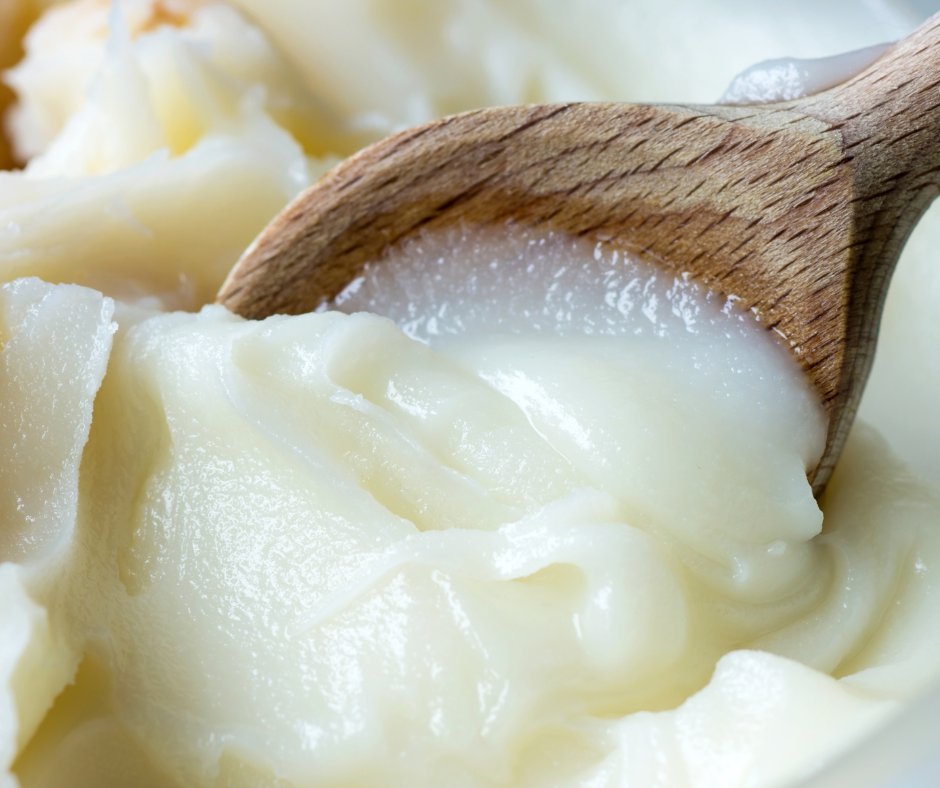
4. Bacon
Yes, I’m giving you permission to eat bacon. Forget the flu shot — eat more bacon! Not only does good quality bacon from free range pigs taste delicious, and serves as a wonderful comfort food, but contrary to popular opinion it’s actually good for you, too (and much more effective and less painful than an unnecessary flu shot!)
Bacon is good for you for the same reasons as lard. It’s easy to make and use in a variety of ways. Plus, it tastes delicious.
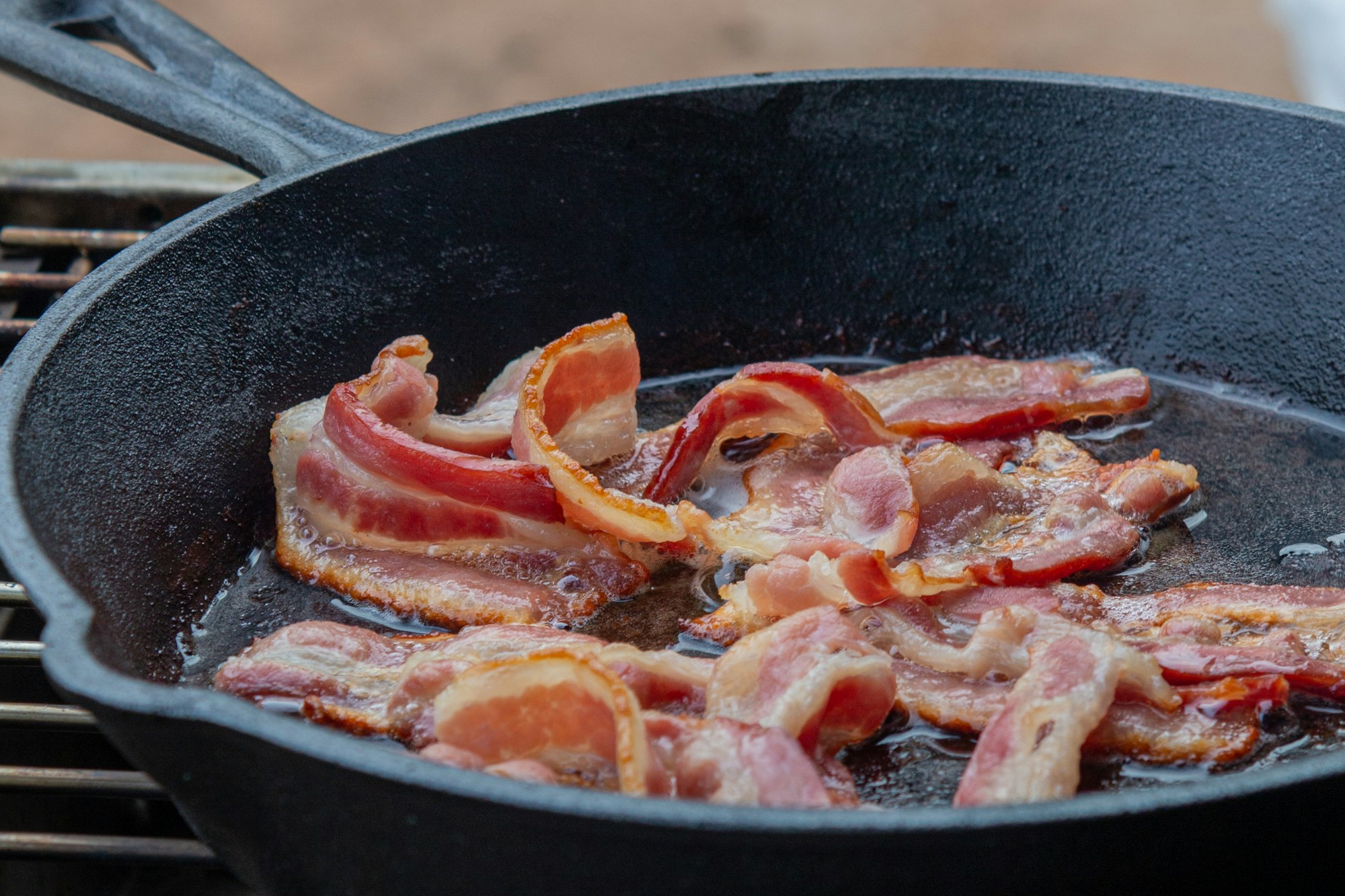
5. Wild Salmon
Wild Salmon is a major source of Vitamin D. You really want to seek out wild salmon. Farmed salmon has only about 25% of the vitamin D as wild salmon. Not only does it taste great no matter how it is prepared, but it’s healthy, too.
In fact, the American heart association recommends eating fatty, oily fish (like salmon) twice a week.

6. Oysters
Oysters, like other seafood, has a lot of Vitamin D and is fun and tasty on the palate. Oysters can boost immunity, increase energy and reduce the risk of disease.
What’s more, there is some evidence based on a study conducted by the American Chemical Society that amino acids that are present in oysters raise testosterone and estrogen levels.
If these hormones really have anything to do with libido, there is a possibility that oysters really are a natural aphrodisiac as well.

7. Sardines
Sardines are easy to make for lunch, dinner or a snack and they contain plenty of Vitamin D to assist in meeting deficiencies.
Sardines are delicious and can be used in a variety of ways. They also contain omega 3 fatty acids, B vitmains and amino acids as well.
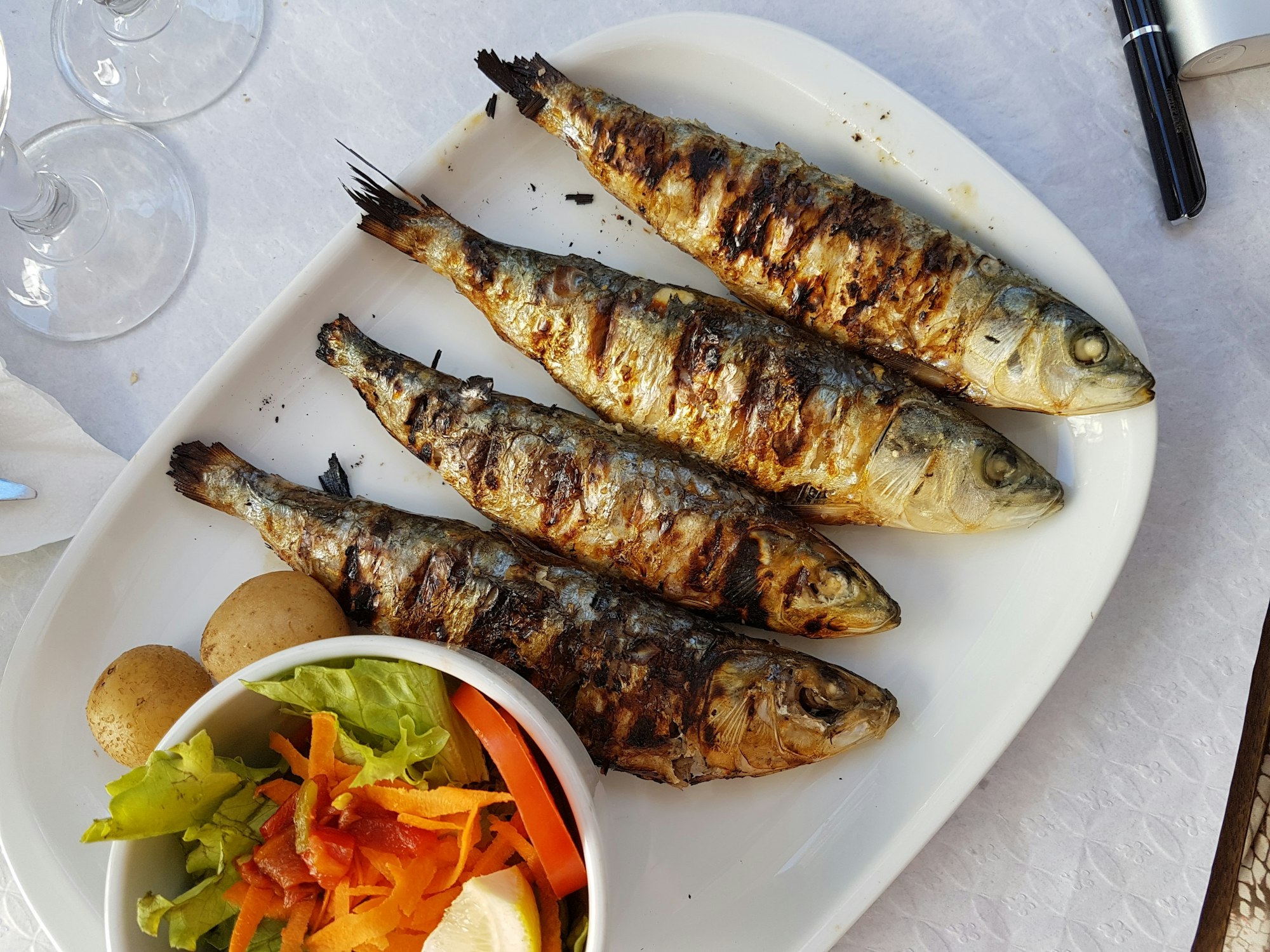
8. Caviar and Fish Roe
Again, look for caviar (or fish eggs) from wild-caught fish. A great source of Vitamin D, caviar also provides Vitamin A, which helps with eyesight and vision, skin and has been shown to help reduce the risk of cancer as well. Other benefits include potassium for lower blood pressure and fatty acids.
Caviar if also often recommended by doctors to patients recovering from chemotherapy or surgery because it assists in increasing hemoblogin content in the body.

9. Egg Yolks from Pastured Chickens
Pastured egg yolks have 4-6 times more vitamin D than conventional eggs. And the vitamin D is primarily in the yolk, not the white.
Instead of eating egg white omelettes, add extra yolks to your morning scramble or smoothie.
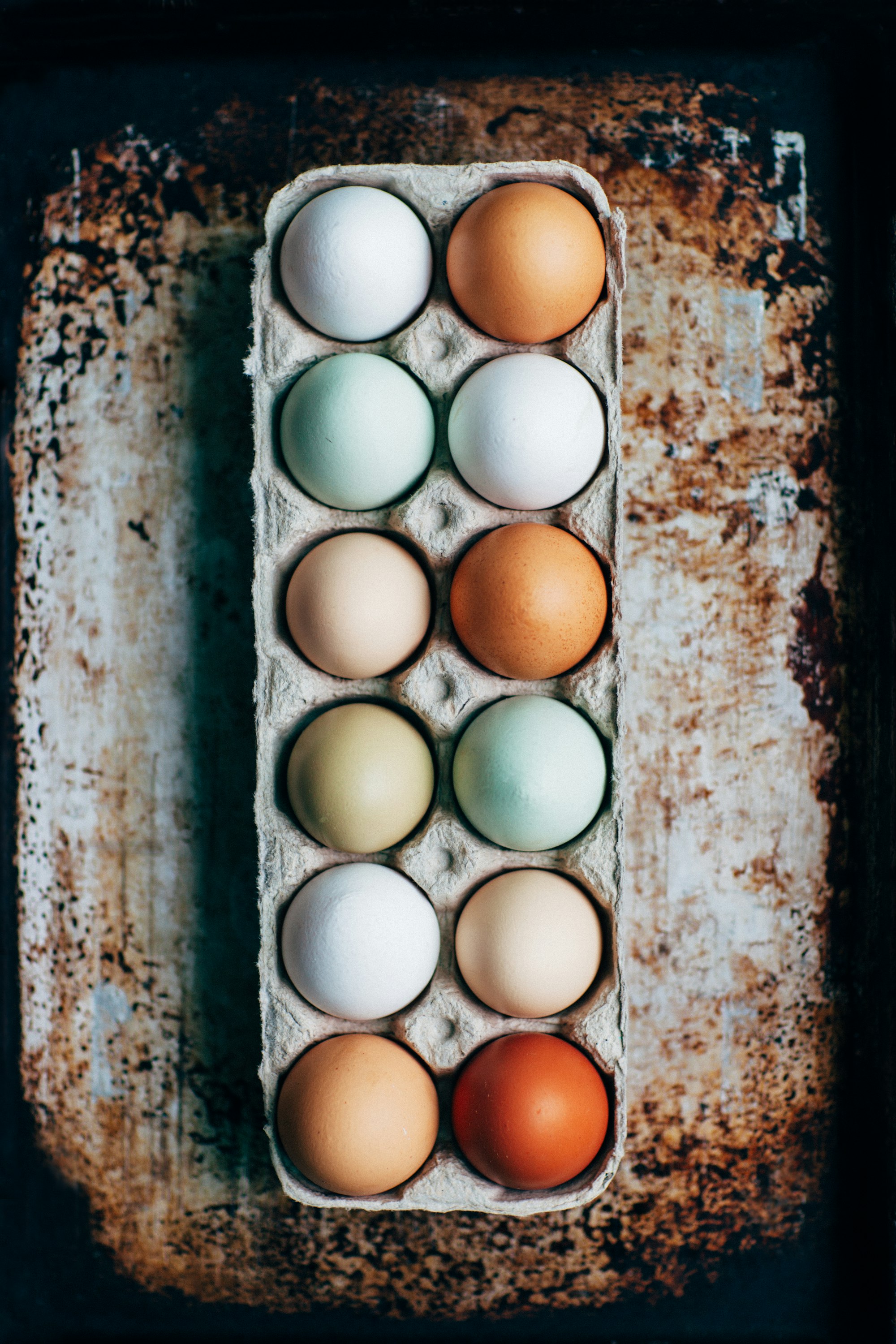
10. Shrimp
Shrimp is rich in Vitamins D and B3, as well as zinc, and is often recommended for people who are trying to lose weight. Shrimp has contains good cholesterol and selenium, which can help to reduce the risk for cancer.
Some of the other contents of shrimp in smaller amounts include vitamins A, E and B6, as well as magnesium, iron, zinc, sodium (salt), copper. There are even trace amounts of Vitamin C.
More to the point, shrimp is delicious, and a great source for Vitamin D in the fall and winter months when its cold out and the sun isn’t shining as much.




Comments ()